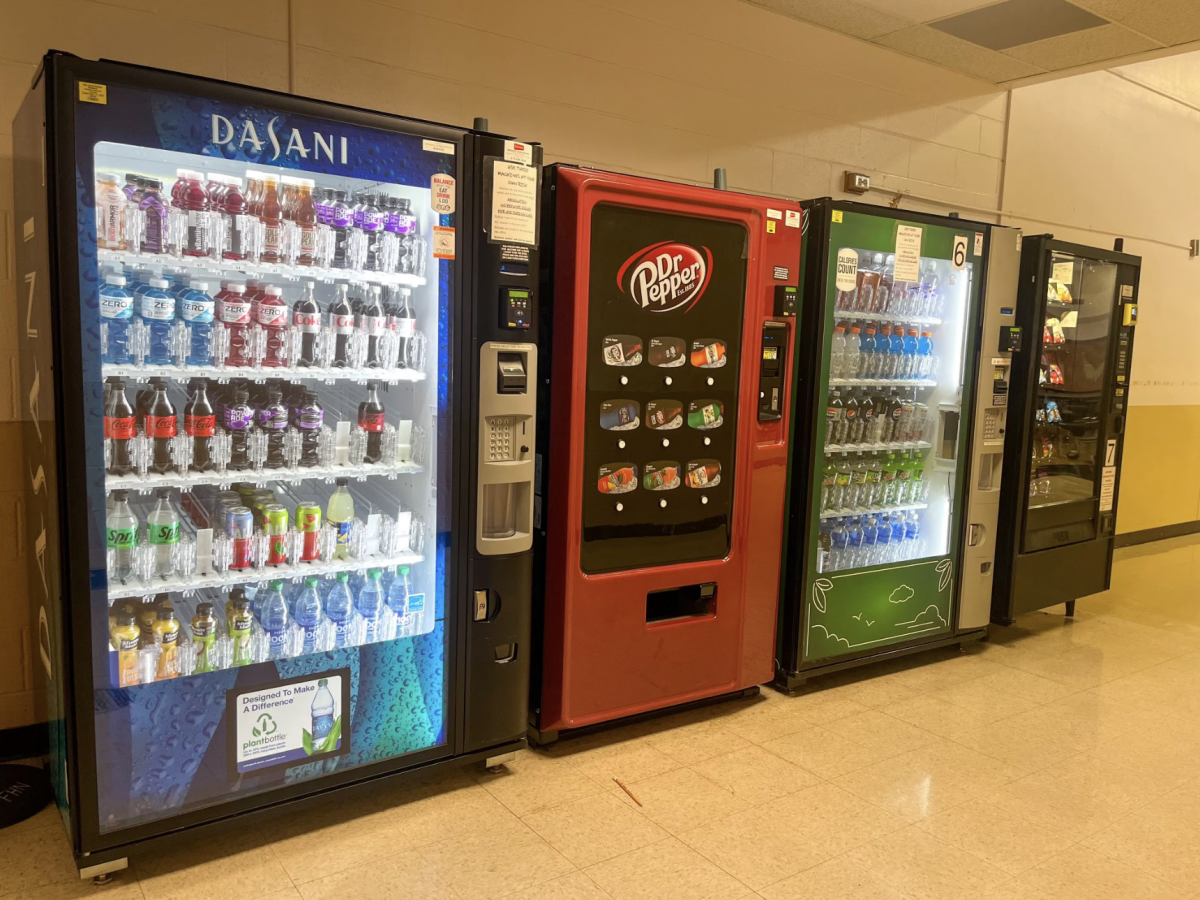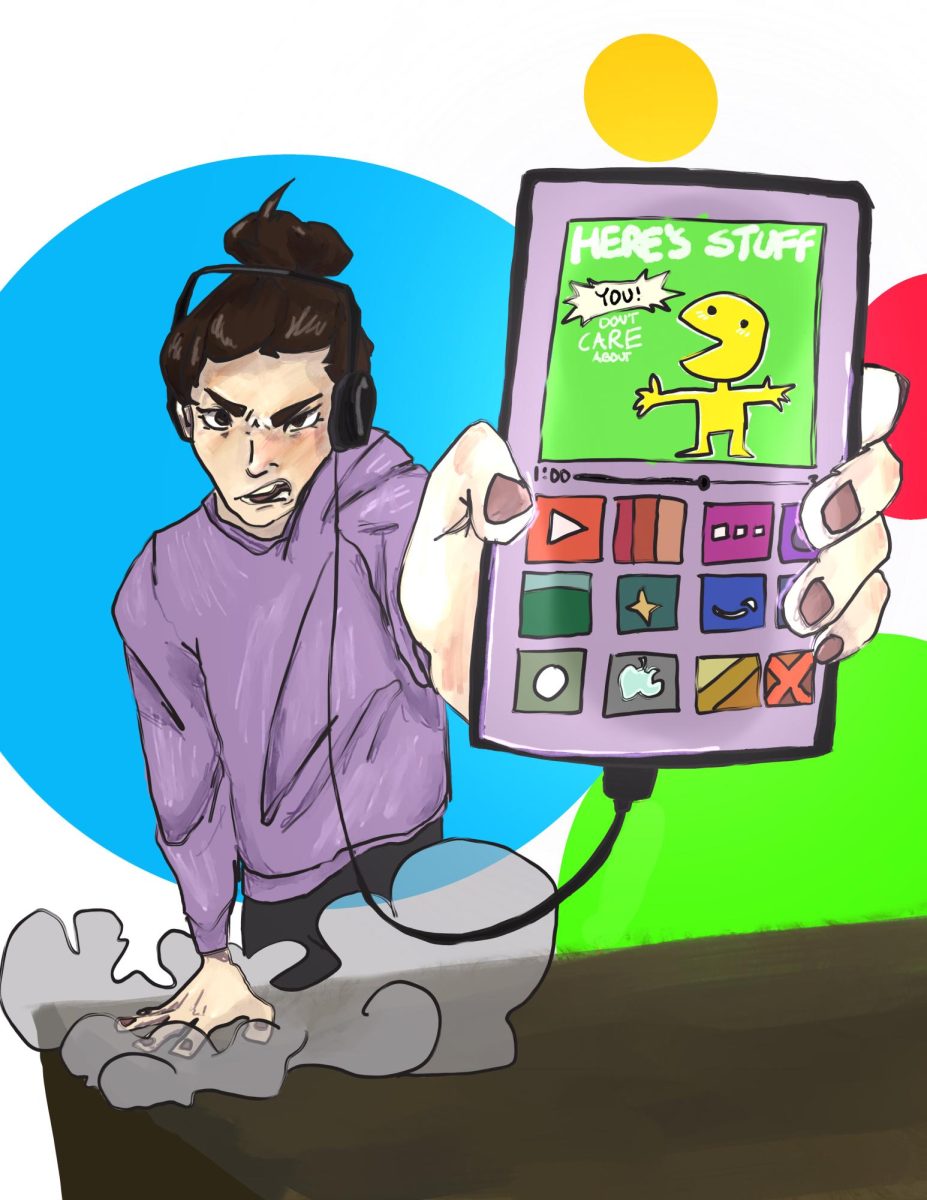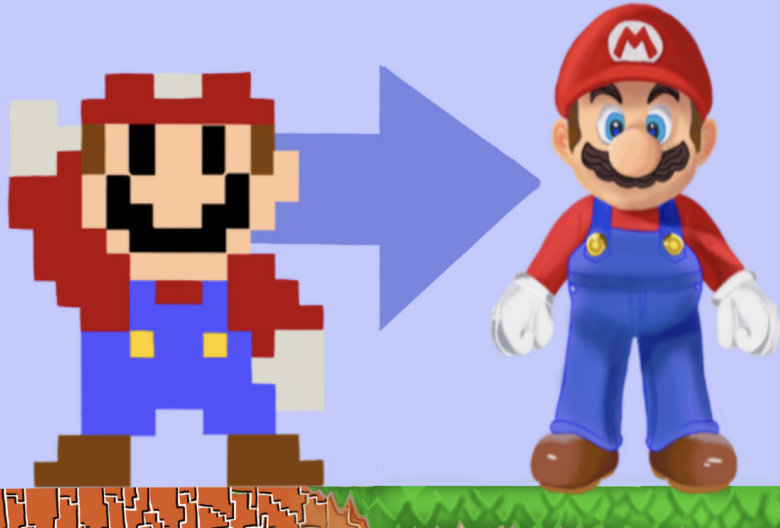RUPTURE
Early in September 2011, the Knights Varsity Soccer team was facing Duchesne. The game was nearing its end and the stars were practically outshone by the lights of the stadium. The Knights were in the lead. Allie McDonell, a junior at the time, had the ball. Driving down the soccer field, only the goalie opposed her chances of scoring.
“I need to score,” McDonell thought.
Stride after stride, kick after kick, Allie was getting closer and closer to her target at the end of the soccer field. Then the goalie dove for the ball. Allie tried to jump out of the way, but the goalie grabbed her feet and took her down with her.
Thud.
Not much pain was felt, only a numbness in her leg. She didn’t know that her ACL had just torn. She only knew that her knee had turned in a weird way and that it was loose, really loose. Can somebody really tear their knee? Yes, and nothing would ever be quite the same.
One of the four main ligaments in the knee, the Anterior Cruciate Ligament (ACL) is crucial for stability and movement in the joint.
FHN has had around 20 such injuries over the past 10 years, most hailing from sports that have rapid changes of motion, sharp twists of the knee, and hyper extension. Soccer, basketball, volleyball and tennis players beware. Females are also more susceptible to tear their ACL because their muscles are smaller and aren’t as utilized during sharp changes in direction.
Unlike Allie’s case, 80 percent of tears are “non-contact” injuries, such as pivoting or landing from a jump. This is exactly what happened to sophomore Cherese Melvin when she was trying out for the freshman volleyball team last year. After jumping to spike the ball, she noticed that the way she had landed from the jump caused her knee to react in an abrupt way.
“My leg kind of gave out and collapsed from under me, “ Cherese said. “I didn’t feel any pain. I was more upset that I had fallen in front of everybody.”
Like Allie, many people don’t recognize the signs of a tear right away. Allie noticed swelling in her knee the morning she woke up after her game. Cherese witnessed the common sensation of instability, a sensation of buckling or giving way in her knee. A loud noise can sometimes be heard at the moment an ACL tears. Senior Hali Long heard a loud pop when an opponent cut the soccer ball around her. Severe pain when bending the knee can also be felt.
“I was in intense pain and [I felt] a lot of burning,” Hali said. “[My knee] felt like it was empty, like it was missing something
RESTORATION
Once an ACL is torn, it is useless. Frequent episodes of instability might follow if it is not reconstructed. Because Allie, Cherese, and Hali sought to continue their athletic career, they underwent ACL reconstruction surgery. This process removes the torn ligament, pulls either the patellar or hamstring tendon through a hole drilled into the shin and thigh bone and attaches the new ligament with screws or another fixation device.
“If you want to play sports again, you should probably get surgery so you can return to [nearly] full strength,” Allie said.
It will take around seven to eight months for an athlete to return to their fully active lifestyle, however, the new ACL will not be as strong as the old one. The first couple of weeks of recovery is focused on managing pain and swelling while regaining movement. This will mean being on crutches for about six weeks. At first, Hali had no range of motion in her leg and found it hard “not being able to be independent”.
Her mother helped her get out of bed, use the restroom, and the “littlest things” Hali couldn’t do or needed help with.
Leg lifts, squats, lunges, and stairs are in store for weeks three through six. During this time, the shin bone and the reconstructed ACL finally attach. Cherese did therapy two to three times per week, concentrating on strengthening her knee. Patients work their way up in exercise difficulty, balancing, and range of motion.
“The hardest thing did was actually doing my therapy exercising outside of therapy,” Cherese said.
Training intensifies during weeks seven through 12, where athletes can begin increasing the intensity of their workouts. They can start jogging, outdoor bicycling, pool workouts and other moderately intense agility drills. Ali found it hard sitting on the sidelines and watching her team play. Only when the doctor feels comfortable with the progress of the patient, will they deem the athlete capable of doing side-to-side pivoting sports such as basketball or soccer.
RESOLUTION
There is no sure-fire way to prevent an ACL tear. However, after noticing numerous knee injuries, St. Louis Scott Gallagher (SLSG) soccer club, started a special training regimen to decrease the probability of it occurring. Every Saturday from 10 a.m. to noon, the club strengthens their knees by doing weighted squats and lunges, jump rope, and most importantly: the athletic stance. This position, with legs spread shoulder length apart and the knees slightly bent, not only stabilizes the knee but allows athletes to quickly and efficiently change direction. Ever since SLSG started the tear prevention, the team hasn’t had any such injuries.
“I have no knee problems at all,” Maddy said. “My knees are stronger and I don’t think I’ll tear my ACL because of this [training].”
For athletes, the effects of an injury such as this can severely affect one’s life. From time to time, Cherese feels as if her knee can give out. Hali used to slide tackle, but now she is less aggressive and more hesitant to do risky moves. Both Cherese and Hali feel a small pain in their knees when the weather is colder. Allie stretches and does other warm-ups to protect her knee before athletic activities. However, she feels that she was better before she tore her ACL.
“I still feel like my leg can give out from time to time,” Cherese said. “I can’t do as much as I could do.”
This is Cherese’s first season coming back from another knee injury that she had last year. She plans to set a new personal record for herself in track and field. In their first FHN soccer season since ACL surgery, Hali and Allie aim to win the districts tournament and also play soccer in college. Although these athletes are forever changed by their injuries, their ambitions haven’t been stunted and they will keep on striding toward their goals.
“Stay strong, stay fit,” Allie says.




![FHN Holds Prom at Old Hickory Country Club [Photo Gallery]](https://FHNtoday.com/wp-content/uploads/2024/04/Brewer_stopmotion-9-300x200.jpg)


![FHN Students Watch the Solar Eclipse [Photo Gallery]](https://FHNtoday.com/wp-content/uploads/2024/04/4.8.24-solar-eclipse_-300x200.jpg)


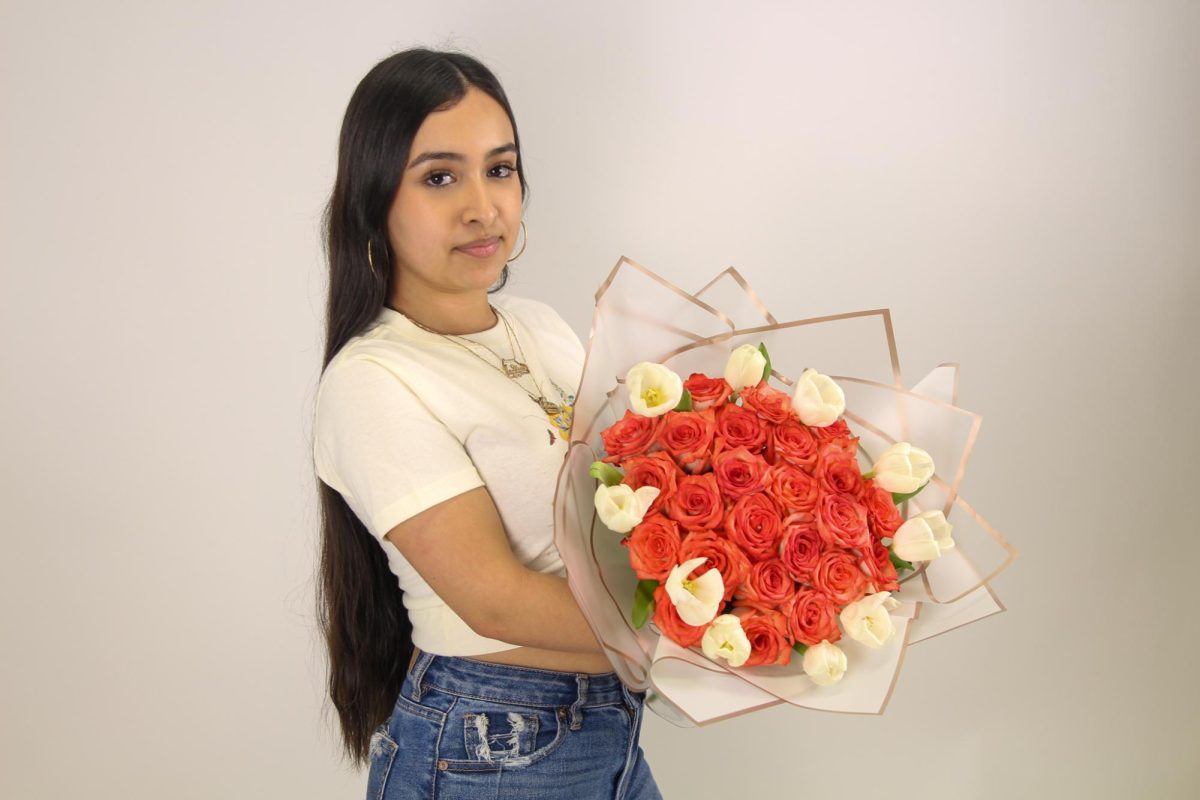
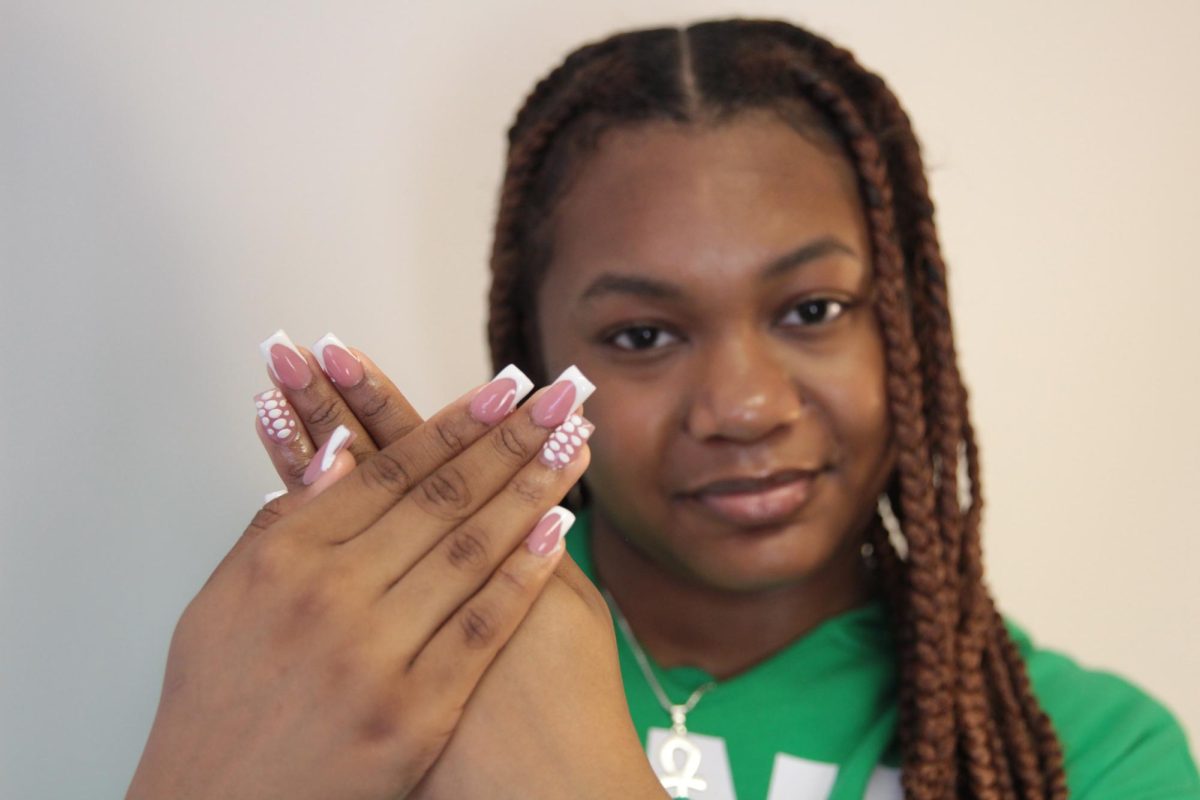



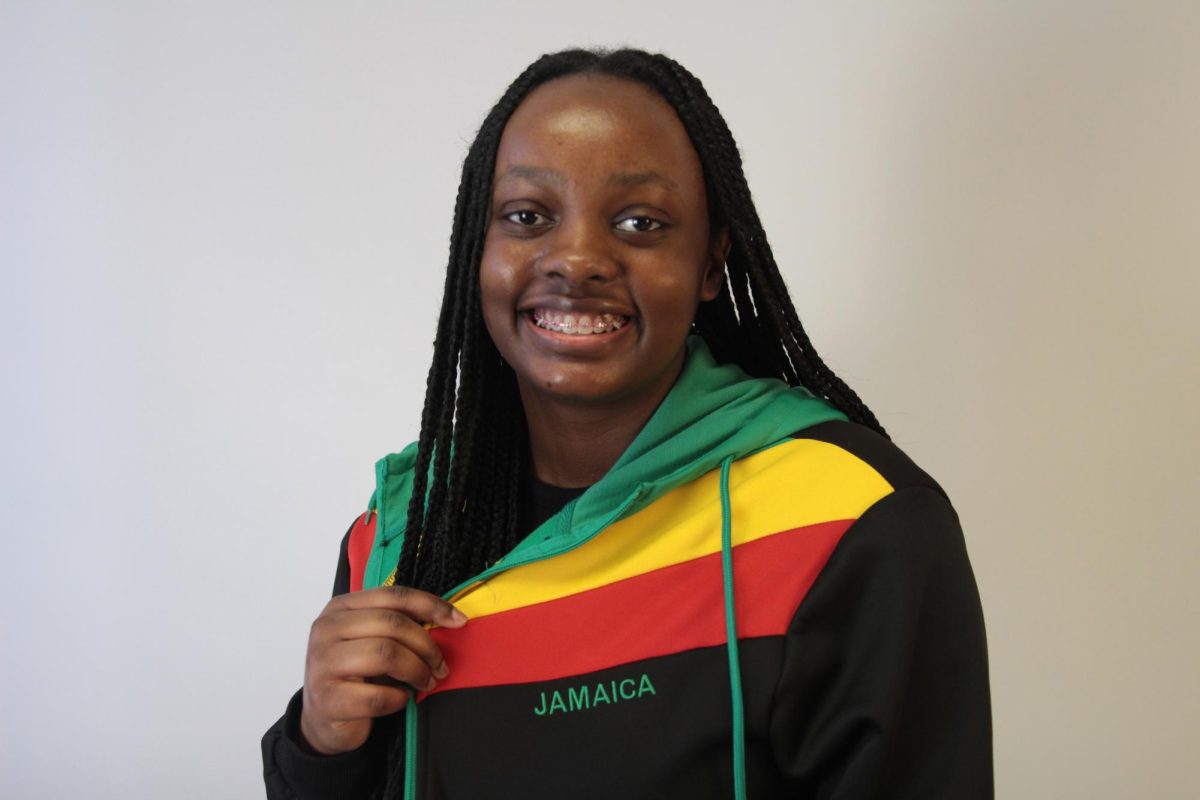

![The Time for Media Literacy Is Now [Editorial]](https://FHNtoday.com/wp-content/uploads/2024/05/IMG_1035-1200x737.jpg)
